FESTO Sensors
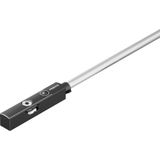
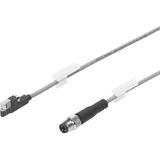
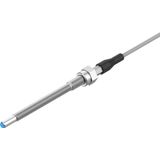

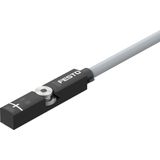
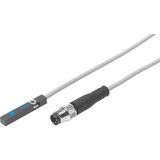
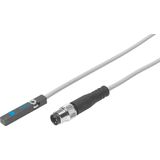
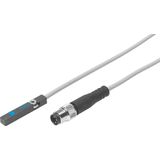
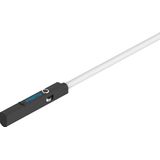
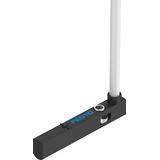

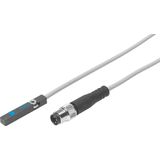
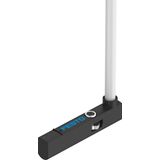
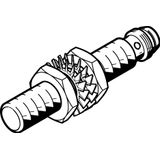



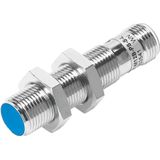
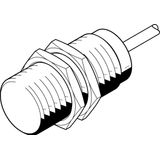
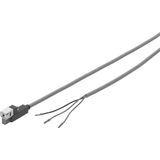
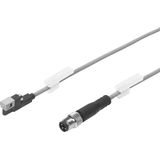
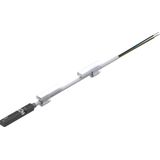



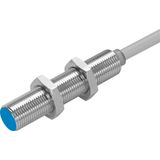
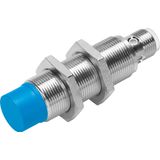



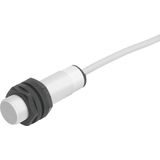
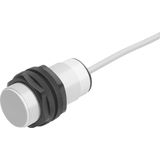
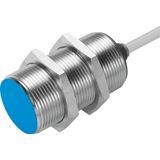

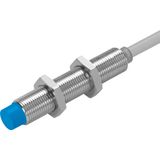
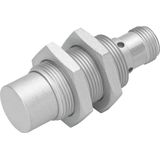
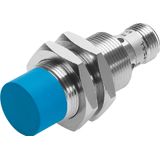
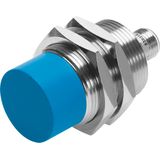

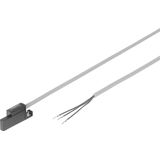
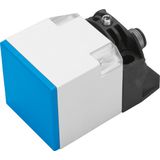
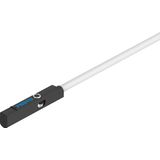
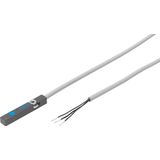
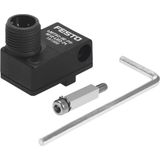
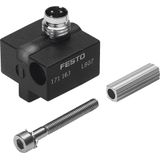
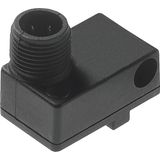
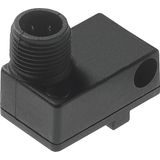
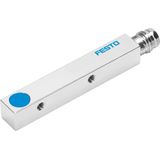

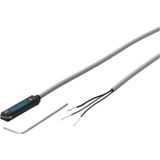









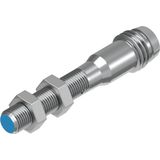
Festo Sensors – Festo Proximity Sensors and Industrial Sensing Devices
In any machine-build, packaging line or automation cell, those little devices labelled “sensor” often dictate whether the system stays up or goes down. The category Festo sensors (including proximity sensors, position sensors, flow sensors, measurement sensors) is where you choose gear that must detect reliably, withstand the factory floor and integrate into controls without fuss. For the engineer commissioning the line and the procurement manager sourcing thousands of units, this category is about precision, durability and compatibility — not about flashy specs.
Technical Characteristics of Festo Position Sensors and Measurement Sensors
- Standard signal levels: e.g., 0-10 V or 4-20 mA for measurement sensors; NPN/PNP switching for proximity and flow sensors.
- Response time: some proximity sensors under 1 ms; position sensors in the tens of microseconds range — critical when your vision or PLC scans fast.
- Housing and mounting: stainless or die-cast aluminium bodies for harsh zones; IP67 sealed models for wash-down or outdoor use.
- Temperature range: from -20 °C up to +70 °C typical; for elevated torque zones or heating processes, high-temp variants available.
- Mechanical endurance: sensors built for hundreds of thousands of cycles; contactless types minimise wear.
- Integration interface: M12 or M8 plug-connectors, quick-disconnect, field-replaceable — reduces downtime
- Diagnostics and indicator: LED status, often taught-point memory in the unit, fault output flag for preventive maintenance.
From field jobs you’ll notice the difference when the sensor holds calibration through vibration, heat and cable noise — that’s what these parts are chosen for, not just “nice to spec”.
Practical Field Applications of Festo Industrial Sensors and Sensing Devices
On a material-handling conveyor we recently fitted several Festo proximity sensors to detect boxes moving at speed. The installer wired the sensor in minutes, set the switching point, and the line passed test without false triggers. Up overhead in a food-processing cell the team used Festo flow sensors to monitor coolant feed lines — non-intrusive mounting, minimal maintenance, no drift over weeks.
In another project, an automated pick-and-place system used Festo position sensors on the robot head to confirm end-stop accuracy. The sensor held tolerance after 500,000 moves – which saved calibration downtime. The general pattern: once you standardise on a sensor family with proper mounting, you minimise field surprises, avoid “we thought it was just a sensor” callbacks, and your service team thanks you later
Procurement Insights for Festo Sensing Technology and Sensor Modules
When you’re ordering in bulk or upstream across build-outs, procurement teams keep the following in mind:
- Model selection and family standardisation: narrowing to one sensor family across zones cuts spares stock and training.
- Signal type and communication interface: ensuring your sensors output match the PLC or control system you’re using is crucial — switching between manufacturers can mean extra interface modules.
- Packaging, MOQ and traceability: many sensors ship in small packs (5–10 units), but large integrators want trays of 50+. Batch numbers matter for future maintenance.
- Lead-time and stocking: good sensors are often stocked in Europe; custom variants (special voltages, mounting flange) need longer lead-time — plan early
- Spare part strategy: when your machine outlives an installation layer, you’ll thank yourself for standardising on a sensor platform with long-term availability.
In actual projects I’ve seen shops delay launch because the “same” sensor by a different vendor had a different mounting depth — small mechanical mismatch, expensive fix.
Integration and Maintenance of Festo Measurement Sensors and Control-System Monitoring
In automation systems the wiring, mounting and commissioning of sensors matter more than the spec sheet. Festo sensing devices are built to plug in, take a teach-point, and begin running. During service visits the technician likes that each sensor has a clear indent on its body, lock-nut is accessible, connector can be replaced without re-wiring the harness. That means less line stoppage.
Over time, when the system expands, using the same sensor family means new zones integrate without surprise dimensions or logic re-writes. The signal remains compatible, mounting remains consistent, diagnostics remain uniform.
Bank of Lamps Advantage in Supplying Festo Sensors
At Bank of Lamps, we treat sensors as more than “just another part”. Our central European warehouse in Latvia holds full stock of Festo sensors—proximity, position, flow and measurement modules—ready to ship across the UK, Germany, Netherlands, Baltics, France, Spain and Belgium.
Why clients choose us:
- Solid inventory with immediate dispatch for standard Festo sensing devices.
- Consolidated orders — sensors, wiring, mounting kits all in one pallet; fewer freight headaches.
- Certificate packages and batch traceability with every shipment — ideal for audit-heavy industries.
- Short-cycle logistics that keep up with machine-build timelines; no “waiting for sensor delivery” delays on the factory floor.
When your line can’t wait and sensors matter — you run the right hardware, and you get it fast. That’s our role.